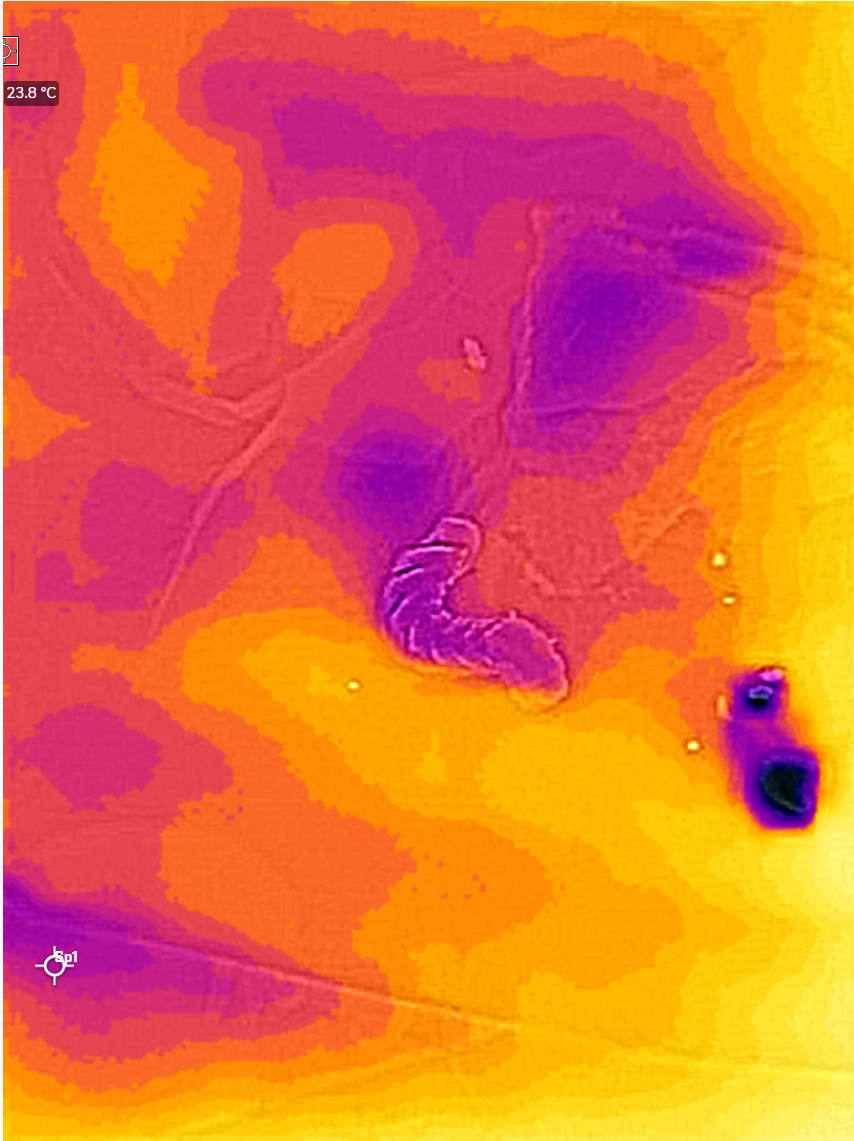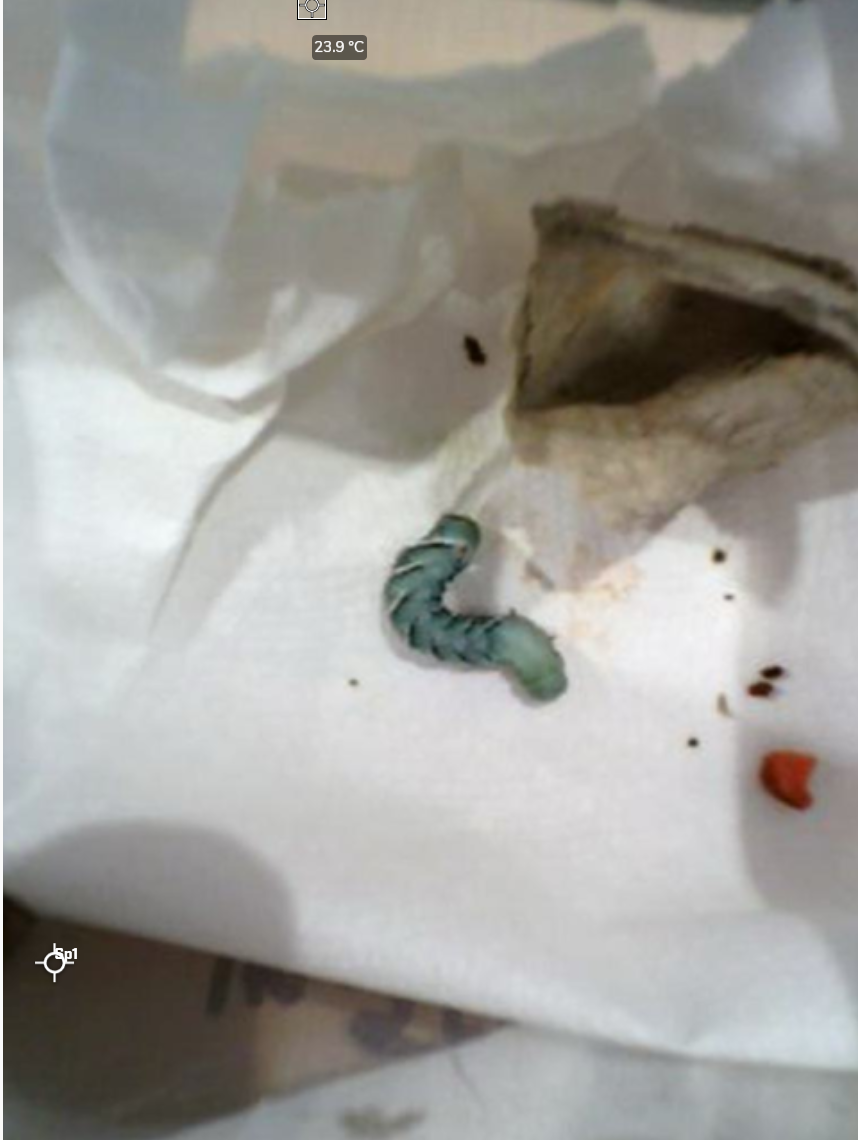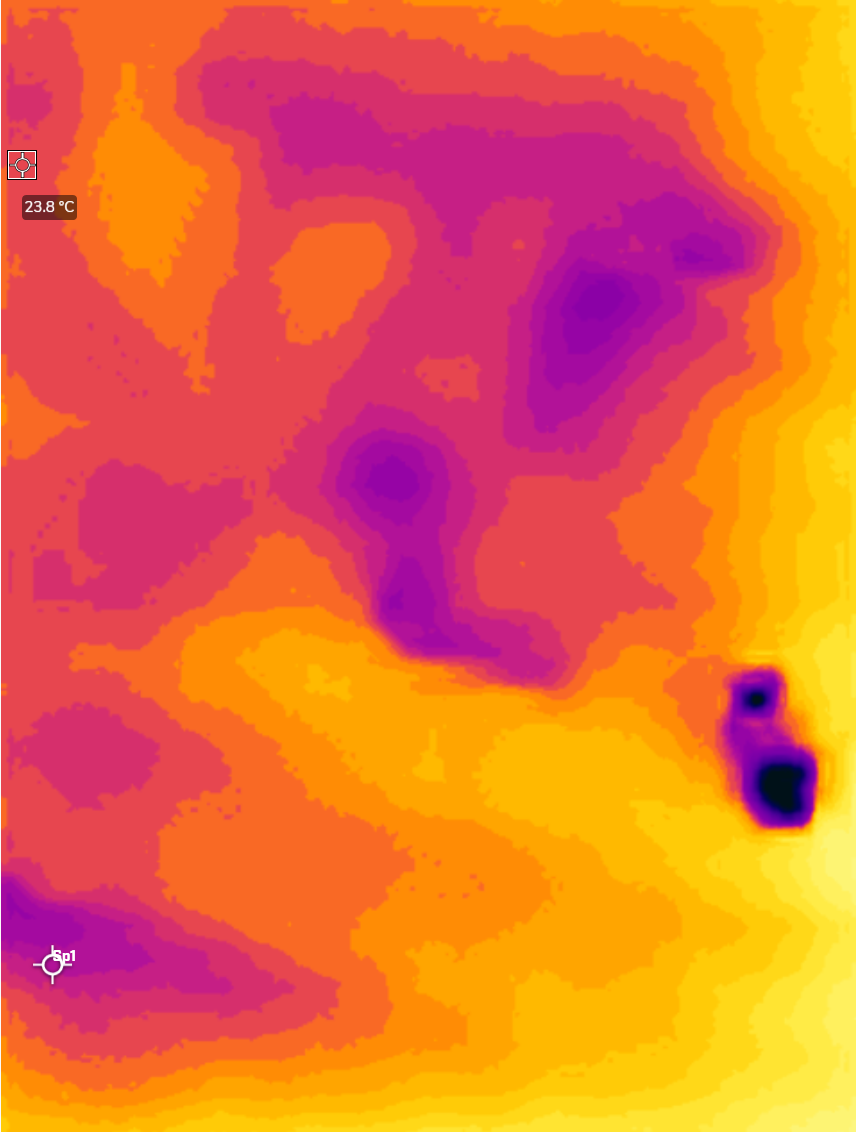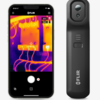As a high school physics teacher, I'm always looking for novel ways to get students interested in physics, which some times looks at ways to use technology in unexpected ways. That's how I ended up with a FLIR One Edge Pro thermal camera as part of WILDLABS FLIR Giveaway. My students had been developing a project to study the effects of artificial light at night on nocturnal animals, and I thought that infrared imaging could be a way to help them with their data collection.
As a preamble, I had previous experience using FLIR cameras when some of my students put a FLIR Lepton in their CanSat. So, I hoped that using thermal imaging would be well suited the project my students were working on.
Our original plan had students changing the nightime lighting in the outdoor areas of our school and observing patterns of nocturnal wildlife across September and October. The hope had been that we could use thermal imaging to supplement other methods of recording behaviour. The lighting change would have been accomplished by placing quantum dot emitting material (QDEM) filters around standard LED bulbs.
A combination of factors delayed the start of the project, pushing data collection into the later part of the fall. Given the nature of Canadian winters, we had to consider other options, given the generally cold and went conditions of November in British Columbia. The students decided to study how the varying lighting conditions would affect the growth of horntail caterpillars, living in tanks in my classroom. That limited the utility of thermal imaging, as generally the caterpillars' temperature has been close to the room temperature. Data collection began in January, and is currently ongoing. I'll post an update once we've completed everything.
One nice aspect of using FLIR cameras is being able to process the images beyond what is visible on your phone. Using FLIR's Thermal Studio Below is a thermal image of a hornworm caterpillar in the default image (mix of infrared and visible wavelengths), visible only (middle) and infrared only (right). In addition to that, the software allows you to calculate the average temperature for a region of the image.


While the FLIR One Edge Pro didn't end up exactly matching what I needed for this project, it generated interesting discussion with students about how we could have used it for outdoor data in our original plan. Going forward, I will look for otherways to use the camera to get students thinking about physics in a conservation context. In the spring I hope to get students out seeing if they can detect animals at night using infrared imaging and what information that data would tell them. I'd love suggestions on how to further develop this idea. I'm good on the educational imact side of things, but would welcome suggestions on the conservation side of things.
18 February 2025 7:14am
I love your enthusiasm for thermal, it's a facinating technology and a great way to encourage people to get familiar with the natural world. One product I'm planning on bringing out I'll hoping will help encourage people's interest in what happens during the night.
If you have any interest in higher resolution thermal, please reach out. Here's an earlier thread on the subject.








Kim Hendrikse